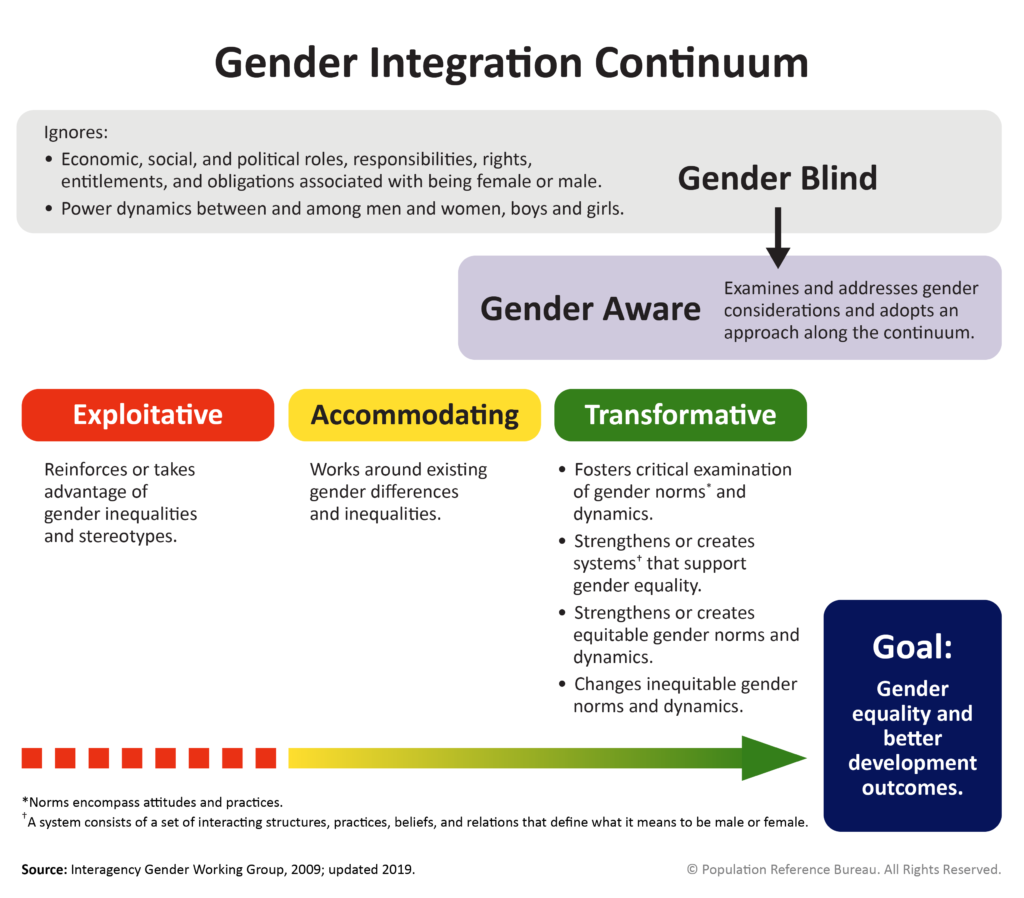What: What should you do, and not do, when engaging men & boys in health promotion and gender equity? This 2-page resource brings together recent best practices and lessons learned for male engagement across health areas. It is intended to guide decision-making about programs, policy, media coverage, research, and funding priorities.
Who: Developed by the USAID Interagency Gender Working Group’s Male Engagement Taskforce, which is co-chaired by Myra Betron of the Maternal and Child Survival Program and Jhpiego, Julie Pulerwitz and Ann Gottert of Population Council, Dominick Shattuck with Breakthrough Action/JHUCCP, and Natacha Stevanovic of Georgetown University’s Institute for Reproductive Health. The intended audience for the guidance consists of donors, implementing partners and researchers.
Why: Men and boys have their own distinct health needs and vulnerabilities, and engaging men can benefit everyone—including women and girls. The reality is that inequalities in social value, power, and opportunities of men and women have provided men with many advantages, while at the same time men are disproportionately affected by many health challenges (e.g., homicide, alcohol abuse). Confronting both issues requires a careful balance, and this guidance seeks to provide practical suggestions around how to do this.
Access the factsheets below:
- Arabic
- English
- French
- Portuguese
- Spanish
- Kiswahili (This translation was produced by USAID/Tanzania.)
These documents were made possible by the support of the American People through the United States Agency for International Development (USAID). The contents of these documents are the sole responsibility of the authors and do not necessarily reflect the views of USAID or the United States Government.


